As a GS1 Alliance Partner, insignia are equipped with the knowledge and training to provide barcoding solutions to our customers, ensuring they are complying with the global standards (set by GS1 Australia).
Any company who needs to barcode their trade units for point of sale purposes will need to obtain a set of barcode numbers from GS1 Australia. These numbers are assigned to companies and are unique in identifying products from each other using a number called a GTIN – global trade item number.
Barcoding is necessary to keep track of sales, orders and pricing information and is used by almost all retailers in Australia. The price, description and any other details about your product are not stored in the barcode; it is simply a 'unique look-up number'.
1D vs 2D Barcodes
The difference between 1D and 2D barcodes begin with their appearance. While 1D barcodes have black and white contrasting vertical lines, 2D barcodes are built with black and white squares or dots. Both serve distinct purposes – 1D codes have offered price lookup functionality for decades. However, 2D codes can be used to store much larger amounts of data about products, traceability, authentication and more. These abilities of a 2D barcode improve inventory management, enhance recall readiness, greater sustainability and ethical sourcing, better product authentication and greater brand trust.
It’s also important to understand the difference between GS1 Datamatrix and Datamatrix barcodes. While both barcodes look the same, the GS1 DataMatrix begins with the special start sequence FNC1. The FNC1 turns a DataMatrix code into a GS1 DataMatrix code. It tells scanners that the code is structured in accordance with GS1 standards and how to interpret the data. A scanner will generate an error message if it is expecting a GS1 DataMatrix code, but the label only contains a DataMatrix code.
Transitioning to 2D Barcodes
1D barcodes, such as EAN/UPC, are only capable of carrying a product identifier known as the Global Trade Item Number® (GTIN®). 2D barcodes can carry additional data, such as expiration date, batch/lot number, serial number and more. Having this additional data in the barcode adds value by allowing the information to be automatically captured and acted on.
Some 2D barcodes, like a QR Code powered by GS1 Digital Link, can carry additional data while connecting consumers and other users to online resources and experiences. Having this data in the barcode adds value by allowing the information to be automatically captured and acted on. In addition to carrying more data, 2D barcodes are likely to be smaller than their 1D counterparts and include features, like built-in error correction that add to their reliability.
Advantages
By 2027, the industry is planning to implement 2D barcodes, however, during this transition stage there will be trials of a combination of EAN/UPC and an option 2D barcode. This is due to some items not requiring additional data beyond the GTIN to the product. 1D barcodes will still be used and coexist for as long as there are uses for them and the shift to 2D barcodes is purely industry driven.
Increased data storage - Linear (1D) barcodes store less than 25 alphanumeric characters, while 2D barcodes can store thousands whilst freeing up packaging space.
Inventory management - 1D barcodes are great for retailers and grocery stores but can’t contain enough information for businesses who want to track more than just name and pricing of a product.
Enhanced marketing – QR codes can be scanned by prospective customers to learn more about your company, a link to an interesting website or a short viewing experience.
Once a barcode is scanned, it will reference a particular item stored in a retailers’ system – which will store more information about the product.
Products that are identical and have the same characteristics (size, weight, shape, colour) will have the same GTIN barcode number. If products vary in any description, they will be required to have a different GTIN from that of other products.
The thought of learning the GS1 barcoding system can be very overwhelming. However, GS1 Australia have provided an easy four step guide to obtaining a barcode. insignia also offer software available to produce barcode formats, making it easier for your company to produce the correct standardisation for products throughout the logistics chain.
Identifying Barcodes
The type of barcode used is defined by the type of item that is required to be barcoded:
Retail items (also referred to as point of sale and consumer items)
To begin with, make a list of your retail items which will need a GTIN-13 barcode.
Non-Retail Items (Inners and Cartons)
The most common type of barcode needed for non-retail items is a GTIN-14 barcode
GS1-128 barcodes may also be used and allow for additional information such as use-by dates and batch numbers
After listing your retail items, list your inners and cartons that will require barcoding. Check the list of non-retail items against your retail items to ensure you have thought of all the necessary inners and carton barcodes required.
Pallets (Logistics Units)
If you or your trading partners require identification at a pallet level within the logistics chain, an SSCC (Serial Shipping Container Code) is required for each pallet.
SSCC label formats come standard with most barcoding software, and the standard must be adhered to in order for your trade partners to receive goods in their warehouses and distribution centres.













